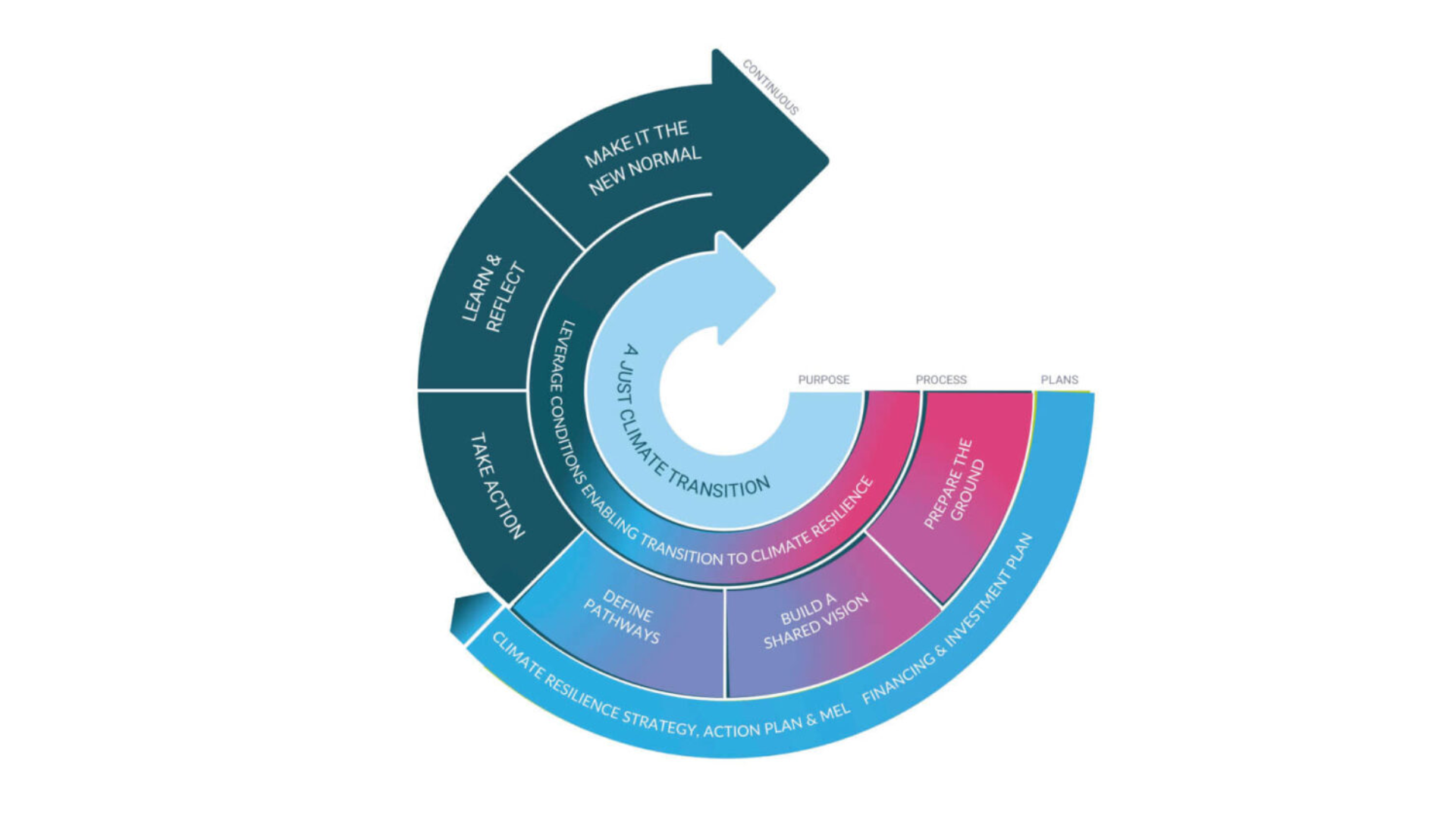
European regions are grappling with climate change. Across the whole continent, heat waves and floods are on the rise. In Southern Europe, Catalonia has declared a drought emergency; coastal areas are getting pummelled by winter storms; and in the past two years alone, Swiss glaciers have lost 10 per cent of their water volume.
This set of both widespread and unique challenges, combined with disastrous consequences for virtually all sectors, from agriculture to public health, means that regions feel the need for robust adaptation plans that address climate change impacts from a systemic perspective. But what does a transformative, systemic climate adaptation plan look like, and how can regional and local authorities develop one?
The Regional Resilience Journey: a transformative roadmap to become climate-ready
To support regions in this task, Pathways2Resilience, the flagship programme under the EU Mission Adaptation led by EIT Climate-KIC, has created a tailored roadmap: the Regional Resilience Journey. This new, comprehensive framework provides step-by-step guidance, trainings, tools and resources that allow regions to either produce their first climate resilience plans, or to improve existing ones. The process works with a systemic approach, guided by just transition principles and transformative innovations that will make the journey possible. By applying to the programme, regions and communities can receive support in implementing this methodology, as well as direct funding of up to €210,000.
The Regional Resilience Journey framework was developed by the partners behind Pathways2Resilience, drawing on their expertise in systemic innovation as well as previous models, such as the European Environmental Agency’s Regional Adaptation Support Tool (RAST).
“The novelty, and effectiveness, of the Regional Resilience Journey is that it extends beyond the incremental nature of the RAST” explains Thomas Koetz, Senior Advisor for Climate Resilient Regions at EIT Climate-KIC and new project coordinator of Pathways2Resilience. “To help regions not just withstand but flourish in their future climates, we have incorporated steps and processes that introduce a transformative dimension, acknowledging the complexity of systemic change. And to integrate adaptation and mitigation efforts, we have deliberately aligned with the Climate Transition Map used by NetZeroCities.” NetZeroCities is the flagship EU programme and the platform for the EU’s Mission “100 Climate-Neutral and Smart Cities by 2030”.
The Regional Resilience Journey will guide regions and communities on the following path:

Establishing key enabling conditions: an integral part to underpin the resilience journey
Before regions and communities embark on the Regional Resilience Journey, they will need to establish which ‘enabling conditions’ will be crucial for success. These may include securing finance, gathering robust data, setting up governance structures, and generally ensuring widespread commitment and collaboration from local communities and groups.
It is fundamental to map these at the outset, and further develop and strengthen them throughout the journey. They will make all the difference between ‘simply’ adapting to the changing climate and proactively shaping a resilient system capable of withstanding challenges far into the future (including those not foreseen now).
“It’s important to note, however, that the Regional Resilience Journey is not meant as a linear progression” says Koetz. “Rather, it is a multi-layered, iterative process: you can enter the journey at any point, depending on your ‘resilience maturity’ level, and you can undergo parts or all of it multiple times, learning and improving as you go.”
Step one: prepare the ground
First, communities taking part in the Regional Resilience Journey need to understand what is already being done and the landscape of key actors and institutions involved. This must also be complemented by awareness of mechanisms and areas that will ensure long-term outcomes, like upskilling and reskilling programmes. Beyond this, regions and communities will need to take a closer look at where their climate vulnerabilities and risks lie, and conversely, opportunities for improved prosperity. For instance, in their 2022 Law on Climate Change and Energy Transition, the Canary Islands identified water scarcity and land use change, coupled with lack of quality data, as key priorities and barriers to address when building climate resilience.
At the end of this phase, communities and regions will have a comprehensive baseline covering, among others, risk assessments, adaptive capacity needs, a stakeholder map and a monitoring framework that will act as a solid foundation for their climate resilience plan.
Step two: build the vision
Next up is the cultivation of meaningful involvement by local community and key groups. This is key if communities and regions are to build a shared vision that integrates different perspectives and just transition principles, and to which everyone feels committed. This is a key element of any climate resilience strategy because it sets the destination of the journey, answering the question: What does a climate-resilient future look like, for your community?. It also underscores roles and accountabilities, that will help assess progress further down the line.
Some communities are already embodying this co-creative approach: The Glasgow City Council has been working with its local communities for years to strengthen climate resilience. Through a new project, Creative Climate Futures, organisations and local residents in two of the most vulnerable neighbourhoods to climate change are collaborating with decision-makers, technical experts and artists to drive forward the future they want.
When wrapping up this phase, regions and communities will have a draft strategy comprising a vision, an evidence-based outline of actions that will lead to the desired changes, and collaborative governance mechanisms underpinning this process.
Step three: design pathways
The final step for regions and communities taking part in the Regional Resilience Journey is defining actionable pathways towards transformative climate adaptation. What is key, at this stage, is to ensure that planned interventions follow a ‘portfolio’ approach. In other words, communities and regions need to include sufficient and diverse options that can complement and reinforce each other – to mitigate risks, to experiment and test, and to allow for different solutions to better withstand the complexities and uncertainty brought by climate challenges.
These coordinated interventions should also foster innovation by integrating research, new technologies, and collaboration across sectors and administrative departments. At this point, a solid monitoring and evaluation framework will prove crucial in assessing progress and impact, while offering the chance to adjust course or pivot if needed.
Some regions have shown signs of readiness to take this approach as they address interlinked challenges like extreme temperatures, biodiversity loss, and rural livelihoods: The Castilla y Leon region in Spain is exploring a range of nature-based solutions around water management, climate-proofing of public infrastructure, sustainable land use and food production, and renewable energy deployment.
At this point, participating regions and communities will have a climate resilience action plan that is ready to be put into practice and outlines multiple pathways. Each of these pathways will come equipped with its own portfolio of interventions, investment plans, expected outcomes across environmental, social and economic indicators, and timelines for evaluation and adjustment. And all this comes along with the robust exchange with 100 fellow European regions and communities, learning from each other along the way.

Does this sound like a challenge your region would like to take on? Apply to the Pathways2Resilience open call by 27 February and chart your Regional Resilience Journey with us.




